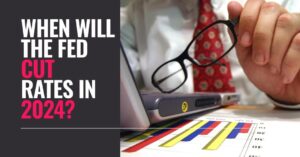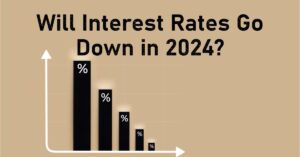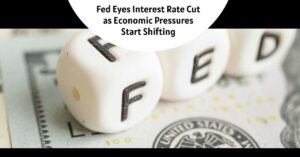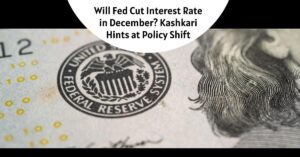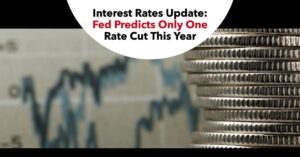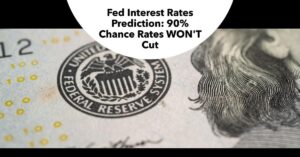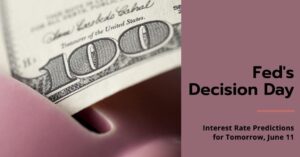If you are wondering when the Federal Reserve will start cutting interest rates in 2024, you are not alone. The Federal Reserve is facing a delicate balance between fighting inflation and supporting economic growth. While many economists expected the Fed to begin reducing rates in the second quarter of 2024, recent economic data suggests a more cautious approach.
When Will the Fed Cut Rates in 2024?
Many investors and consumers are eager to see lower borrowing costs after two years of rapid rate hikes that have pushed mortgage and credit card rates to their highest levels in decades.
Fed's Rate Hikes and Impact
The Fed began raising rates in March 2022 to combat high inflation, which had reached a 40-year high by the end of that year. In a series of aggressive moves, the Fed increased the federal funds rate by 5 percentage points, from a near-zero level of 0.25% to 5.25% by June 2024 Federal Reserve Board, H.15 Selected Interest Rates.
These actions helped to slow down the economy and moderate price increases. By January 2024, the inflation rate had declined to 3.1%, but it remained above the Fed's target of 2%. The Fed has indicated that it will continue to monitor inflation closely and is prepared to take further action if necessary to bring inflation back down to its target level.
Fed's Cautious Approach to Rate Cuts
- The Fed has signaled that it wants to see more evidence that inflation is under control before it begins to cut rates.
- Fed chair Jerome Powell emphasized the need for confidence that inflation is receding before reducing rates [CBS News, “60 Minutes”].
- The Fed also wants to avoid cutting rates too soon and risk reigniting inflationary pressures.
Economic Challenges for the Fed
- The US gross domestic product (GDP) grew by 2.6% in 2023, down from 3.1% in 2022, and is expected to grow by only 1.9% in 2024 [Congressional Budget Office (CBO)].
- The unemployment rate has risen slightly from 3.5% in December 2022 to 3.8% in December 2023, and is expected to rise further to 4.1% by the end of 2024 [CBO].
- The Fed is acknowledging headwinds such as supply chain disruptions, labor shortages, geopolitical tensions, and COVID-19 variants.
Market Expectations and Analyst Insights
- Most analysts now believe the Fed will start cutting rates sometime in the second half of 2024, with the September meeting a strong possibility. This shift in expectations from an earlier June cut reflects the Fed's concern about inflation, which has proven more persistent than initially anticipated. However, some analysts believe the Fed could act sooner if incoming economic data shows inflation cooling down more rapidly than expected. For example, a significant decline in energy prices or a softening in core inflation (which excludes food and energy prices) could prompt the Fed to move at its July meeting.
- Conversely, some analysts predict the Fed might wait until later in the year, possibly even December, if inflation remains stubbornly high or if the economy proves more resilient than expected. Stronger-than-anticipated job growth or a pickup in consumer spending could give the Fed more confidence to allow inflation to run somewhat higher for a longer period before easing rates. Ultimately, the timing of the first rate cut will depend on the Fed's assessment of the incoming economic data and its evolving outlook for inflation and economic growth.
Potential Rate Cut Scenarios
The pace and magnitude of the rate cuts will depend on the evolving economic situation.
- Aggressive cuts: Some analysts expect the Fed to take a more aggressive approach to rate cuts, potentially reducing rates by 200 basis points (2 percentage points) by the end of 2024 and another 200 basis points by the end of 2025. This scenario is predicated on a significant slowdown in the economy and a rapid decline in inflation. If the economy weakens more than expected, or if inflation falls faster than anticipated, the Fed could feel compelled to cut rates more aggressively to stimulate growth and prevent a recession.
- Gradual cuts: Other analysts expect a more gradual approach, with the Fed cutting rates by 100 basis points (1 percentage point) by the end of 2024 and another 100 basis points by the end of 2025. This scenario assumes a moderate slowdown in the economy and a gradual decrease in inflation. The Fed would likely adopt this approach if the economy shows signs of slowing down but remains on relatively stable footing, and if inflation continues to trend downwards but at a slower pace.
